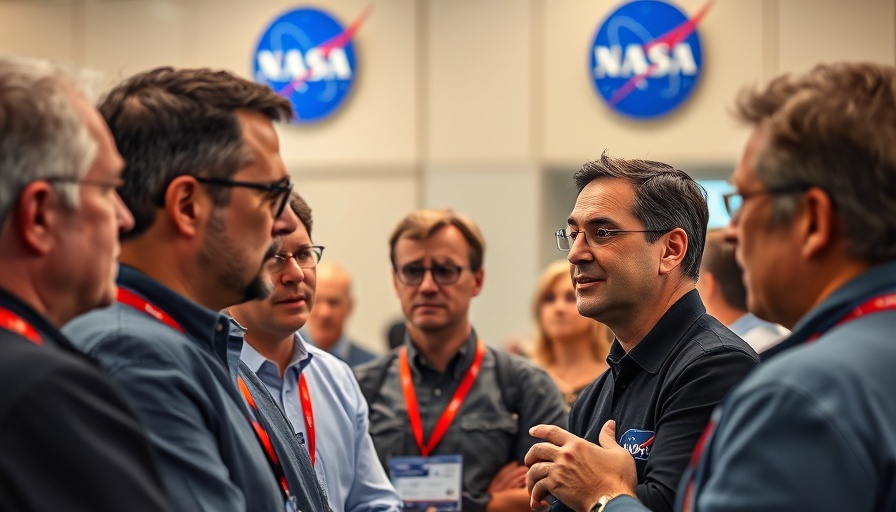
Unpacking the Controversy: Who Really Left Them in Space?
The recent media frenzy surrounding the apparent 'stranding' of NASA astronauts Butch Wilmore and Suni Williams has sparked heated discussions, especially involving high-profile figures, including Elon Musk and former President Trump. The two astronauts have been aboard the International Space Station (ISS) since June 2024, initially slated for a brief ten-day mission aboard Boeing's Starliner. However, malfunctions have complicated their return, leading to claims of political motives behind their delayed homecoming.
NASA's Perspective: Complexity Behind the Decisions
The backdrop of this saga reveals a more complex narrative than what has been presented in the media. NASA's leadership has clarified that the return of the astronauts was based on safety concerns regarding the malfunctioning Starliner spacecraft. NASA officials, including Ken Bowersox and Steve Stich, have maintained that delaying the astronauts' return wasn't politically motivated but rather a decision grounded in ensuring their safety and maintaining the operational integrity of the ISS.
Political Unraveling: Musk's Claims vs. NASA's Facts
Elon Musk's claims during a Fox News appearance suggested that the Biden administration stalled their return for political purposes. He stated that SpaceX was prepared to bring them home many months ago but faced bureaucratic pushback. However, NASA has contested these assertions, emphasizing that decisions regarding the astronauts' return were made within the framework of technical feasibility and safety, not political agendas.
The Role of the ISS and International Collaboration
Wilmore and Williams’ extended stay on the ISS highlights the essential collaborative spirit underpinning international space exploration. Both astronauts have stated they do not feel stranded but indeed part of a larger mission, which reinforces the ISS's purpose as a unique laboratory fostering global partnerships in space research. Their sentiments conflict directly with claims of abandonment raised by Musk and Trump, drawing attention to the effectiveness of interagency collaboration that often goes unnoticed.
Broader Implications for Space Policy
This incident has illuminated broader discussions around space policy and the governance of human spaceflight. Musk's comments have fueled skepticism about government transparency and prioritize the private sector's role in space exploration. As pressure mounts for accountability and reliability in commercial space travel, the actions of SpaceX, regardless of political affiliation, will be under scrutiny. Korea's efforts to promote similar policies showcase that space ambitions might often lead to public relations spats rather than mission success.
Looking Ahead: The Crew-9 Mission and Its Significance
As the Crew-9 mission now gears up for the astronauts’ return, scheduled shortly after the Crew-10 launch, the situation underscores the dilemmas surrounding commercial partnerships in space. The back-and-forth claims highlight a critical moment for the ongoing relationship between NASA and private companies. The successful return of Wilmore and Williams not only represents a mission task completed but is also a reminder of the importance of prioritizing astronauts' safety equally across political divides.
In a landscape where commercial interests and government oversight intersect, transparency in communications and safety protocols must remain a priority. Stakeholders within the space industry, including executives and managers looking for insights, can take note of this scenario and formulate strategies to navigate similar complexities while fostering productive collaborations.
 Add Row
Add Row  Add
Add 




Write A Comment